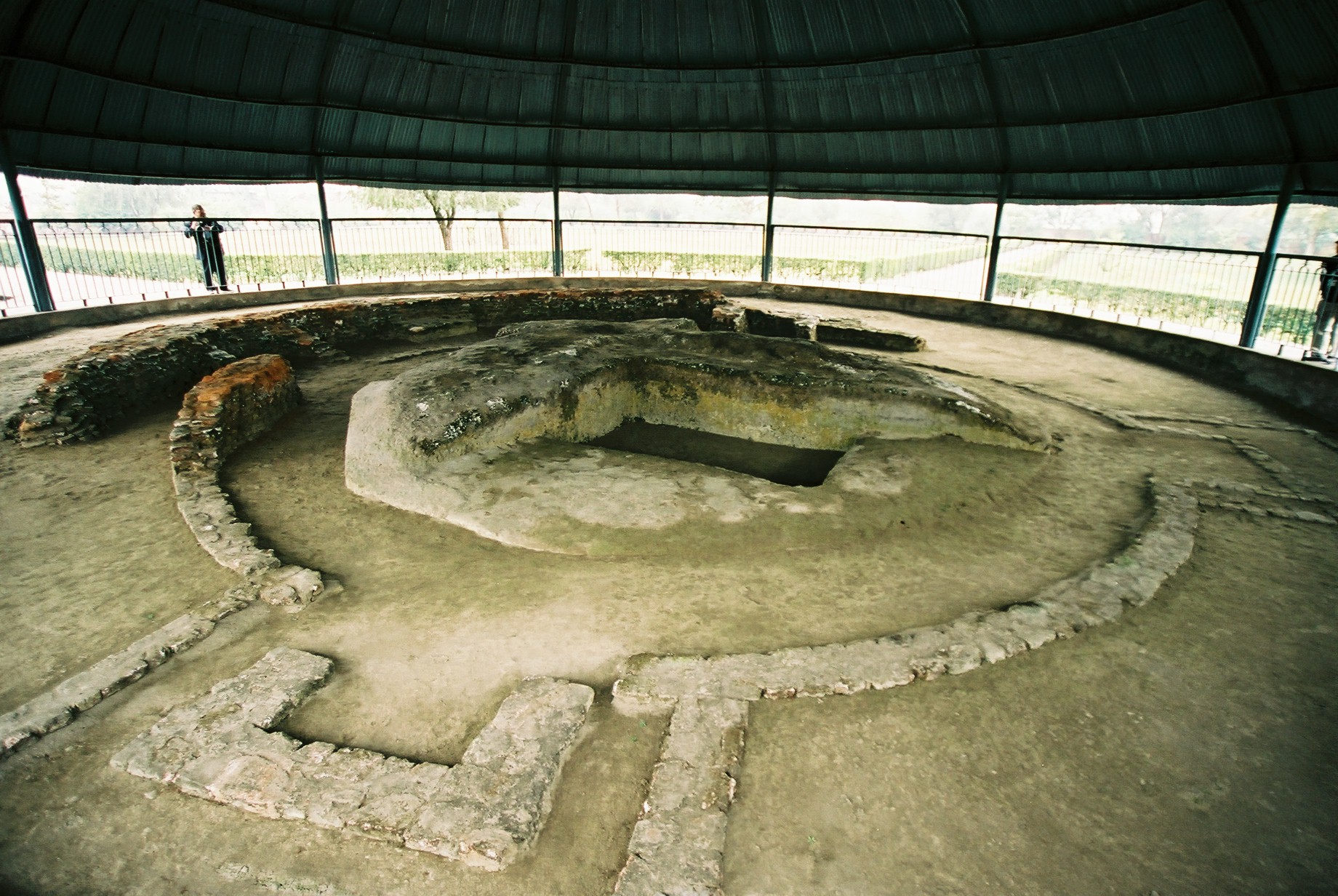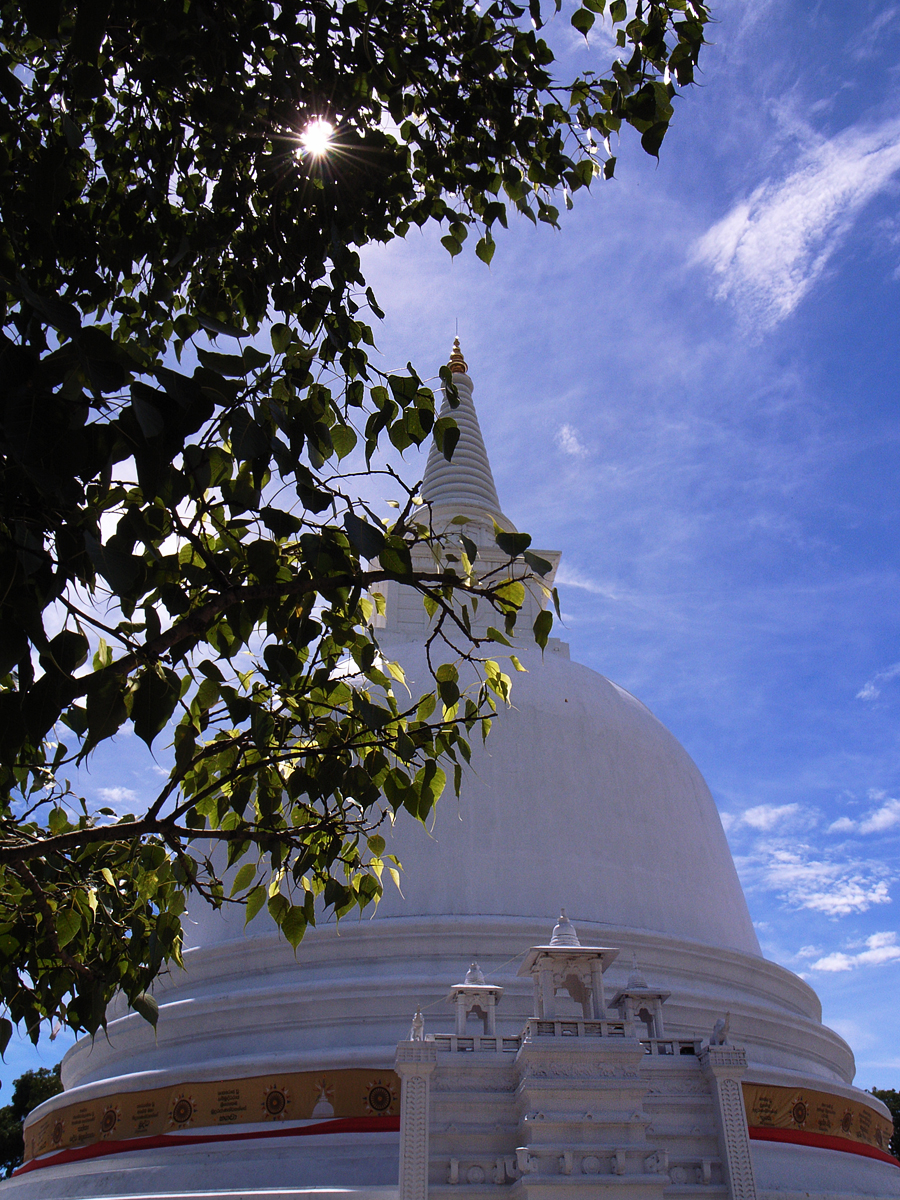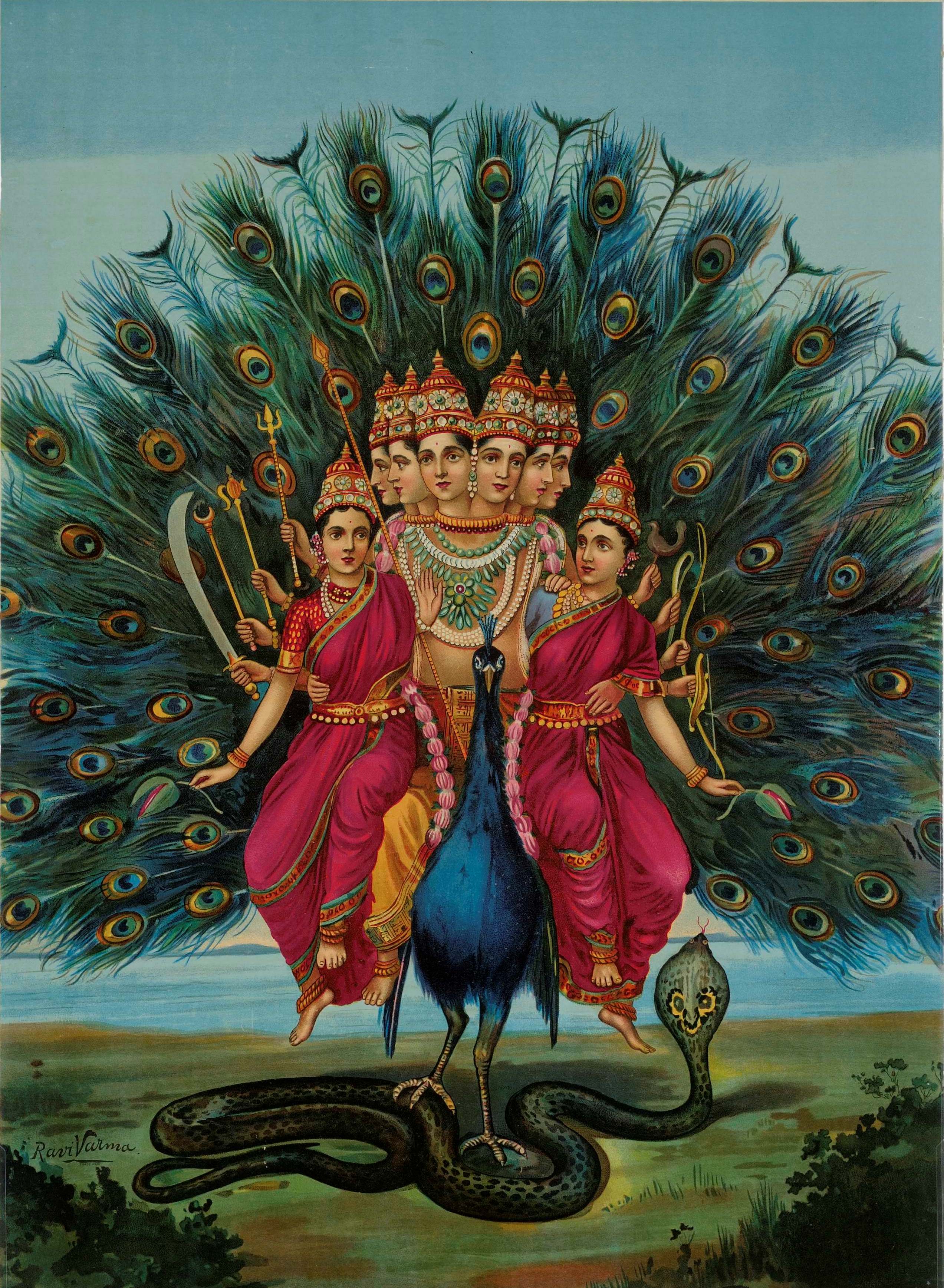|
Kiri Vehera
Kiri Vehera is an ancient stupa situated in Kataragama, Sri Lanka. This stupa probably dates back to the 3rd century BC and is believed to have been built by King Mahasena, a regional ruler of Kataragama area. One of the most popular Buddhist pilgrimage sites in the country, Kiri Vehera is among the Solosmasthana, the 16 most sacred Buddhist pilgrimage sites of ancient Sri Lanka. This stupa which is 95 ft. in height with a circumference of 280 ft. is located 800 m North to the famous Ruhunu Maha Kataragama Devalaya. Venerable Kobawaka Dhamminda Thera is the present Chief Prelate of Kirivehera Rajamaha Viharaya. Daily Mirror See also *[...More Info...] [...Related Items...] OR: [Wikipedia] [Google] [Baidu] |
Kataragama
Kataragama ( si, කතරගම, translit=Kataragama , ta, கதிர்காமம், translit=Katirkrāmam) is a pilgrimage town sacred to Hindu, Buddhist and indigenous Vedda people of Sri Lanka. People from South India also go there to worship. The town has the Kataragama temple, a shrine dedicated to Skanda Kumara also known as Kataragama deviyo. Kataragama is located in the Monaragala District of Uva province, Sri Lanka. It is southeast of Colombo. Although Kataragama was a small village in medieval times, today it is a fast-developing township surrounded by jungle in the southeastern region of Sri Lanka. The ancient Kiri Vehera Buddhist stupa, which is believed to be built by the regional king Mahasena in the 6th century BC is also a major attraction in Kataragama area. The town has a venerable history dating back to the last centuries BCE. It was the seat of government of many Sinhalese kings during the days of Rohana kingdom. Since the 1950s the town has un ... [...More Info...] [...Related Items...] OR: [Wikipedia] [Google] [Baidu] |
Sri Lanka
Sri Lanka (, ; si, ශ්රී ලංකා, Śrī Laṅkā, translit-std=ISO (); ta, இலங்கை, Ilaṅkai, translit-std=ISO ()), formerly known as Ceylon and officially the Democratic Socialist Republic of Sri Lanka, is an island country in South Asia. It lies in the Indian Ocean, southwest of the Bay of Bengal, and southeast of the Arabian Sea; it is separated from the Indian subcontinent by the Gulf of Mannar and the Palk Strait. Sri Lanka shares a maritime border with India and Maldives. Sri Jayawardenepura Kotte is its legislative capital, and Colombo is its largest city and financial centre. Sri Lanka has a population of around 22 million (2020) and is a multinational state, home to diverse cultures, languages, and ethnicities. The Sinhalese are the majority of the nation's population. The Tamils, who are a large minority group, have also played an influential role in the island's history. Other long established groups include the Moors, ... [...More Info...] [...Related Items...] OR: [Wikipedia] [Google] [Baidu] |
Buddhism
Buddhism ( , ), also known as Buddha Dharma and Dharmavinaya (), is an Indian religions, Indian religion or Indian philosophy#Buddhist philosophy, philosophical tradition based on Pre-sectarian Buddhism, teachings attributed to the Buddha. It originated in History of India, northern India as a -movement in the 5th century BCE, and Silk Road transmission of Buddhism, gradually spread throughout much of Asia via the Silk Road. It is the Major religious groups, world's fourth-largest religion, with over 520 million followers (Buddhists) who comprise seven percent of the global population. The Buddha taught the Middle Way, a path of spiritual development that avoids both extreme asceticism and hedonism. It aims at liberation from clinging and craving to things which are impermanent (), incapable of satisfying ('), and without a lasting essence (), ending the cycle of death and rebirth (). A summary of this path is expressed in the Noble Eightfold Path, a Bhavana, training of t ... [...More Info...] [...Related Items...] OR: [Wikipedia] [Google] [Baidu] |
Uva Province
Uva Province ( si, ඌව පළාත, Uva Paḷāta, ta, ஊவா மாகாணம், Uvā Mākāṇam) is Sri Lanka's second least populated province, with 1,259,880 people, created in 1896. It consists of two districts: Badulla and Moneragala. The provincial capital is Badulla. Uva is bordered by the Eastern, Southern, Sabaragamuwa, and Central provinces. Its major tourist attractions are Dunhinda falls, Diyaluma Falls, Rawana Falls, the Yala National Park (lying partly in the Southern and Eastern Provinces) and Gal Oya National Park (lying partly in the Eastern Province). The Gal Oya hills and the Central mountains are the main uplands, while the Mahaweli ( Sinhalese: ''great-sandy'') and Menik (Sinhalese: ''gemstone'') rivers and the huge Senanayake Samudraya and Maduru Oya Reservoirs are the major waterways. History The provincial history records an 1818 uprising (the Third Kandyan War) against the British colonial government which had been controlling the fo ... [...More Info...] [...Related Items...] OR: [Wikipedia] [Google] [Baidu] |
Moneragala District
Monaragala (, ) is a district in Uva Province of Sri Lanka. It is the second largest of the 25 districts in Sri Lanka, with an area of . Main Towns * Monaragala * Bibile * Buttala * Wellawaya * Kataragama * Siyambalanduva * medagama * Thanamalvila * Badalkubura * Sevanagala * madulla Other towns * Siyambalanduwa * Ethimale * Medagama * Thanamalwila * Badalkumbura * Madulla * Okkampitiya Statistics Religion Buddhism is the predominant religion in Moneragala. Ethnicity In 2008 - Source Natural parks * Gal Oya National Park * Yala National Park * Udawalawe National park Major reservoirs * Senanayake Reservoir * Muthukandiya Reservoir * Weheragala Reservoir * Handapanagala Reservoir * Udawalawa Reservoir * Alikota ara Reservoir Rivers * Menik Ganga * Hulanda oya * Gal oya * Heda oya * Wila oya * Kumbukkan Oya * Kirindi oya * ranwanna oya Tourist attractions * Katharagama * Maligawila * Buduruwagala * Goviduhela rock * Yala National Park * Galoya National ... [...More Info...] [...Related Items...] OR: [Wikipedia] [Google] [Baidu] |
Stupa
A stupa ( sa, स्तूप, lit=heap, ) is a mound-like or hemispherical structure containing relics (such as ''śarīra'' – typically the remains of Buddhist monks or nuns) that is used as a place of meditation. In Buddhism, circumambulation or '' pradakhshina'' has been an important ritual and devotional practice since the earliest times, and stupas always have a ''pradakhshina'' path around them. The original South Asian form is a large solid dome above a tholobate or drum with vertical sides, which usually sits on a square base. There is no access to the inside of the structure. In large stupas there may be walkways for circumambulation on top of the base as well as on the ground below it. Large stupas have or had ''vedikā'' railings outside the path around the base, often highly decorated with sculpture, especially at the torana gateways, of which there are usually four. At the top of the dome is a thin vertical element, with one of more horizontal discs sp ... [...More Info...] [...Related Items...] OR: [Wikipedia] [Google] [Baidu] |
Stupa
A stupa ( sa, स्तूप, lit=heap, ) is a mound-like or hemispherical structure containing relics (such as ''śarīra'' – typically the remains of Buddhist monks or nuns) that is used as a place of meditation. In Buddhism, circumambulation or '' pradakhshina'' has been an important ritual and devotional practice since the earliest times, and stupas always have a ''pradakhshina'' path around them. The original South Asian form is a large solid dome above a tholobate or drum with vertical sides, which usually sits on a square base. There is no access to the inside of the structure. In large stupas there may be walkways for circumambulation on top of the base as well as on the ground below it. Large stupas have or had ''vedikā'' railings outside the path around the base, often highly decorated with sculpture, especially at the torana gateways, of which there are usually four. At the top of the dome is a thin vertical element, with one of more horizontal discs sp ... [...More Info...] [...Related Items...] OR: [Wikipedia] [Google] [Baidu] |
Solosmasthana
'Solosmasthana' are 16 sacred places in Sri Lanka, believed by Buddhists to have been hallowed by visits of Gautama Buddha. These places of worship are among the most important religious locations in Sri Lanka, and are located throughout the country. Ancient Buddhist and historical sources of Sri Lanka assert that the Buddha visited the country on three occasions. These three visits are given in some detail in the ancient chronicle Mahavamsa, which describes his journeys to eleven of the Solosmasthana. Other sources such as the Pujavaliya, Samantapasadika and Butsarana also mention these visits. History The first visit was made to Mahiyangana in the ninth month after the Buddha attained enlightenment. The Mahavamsa says that he conquered the yakshas there and sent them to an island named Giri, thereby setting the background for the establishment of Buddhism in the country later on, where the Buddha knew that the Dhamma would prevail "in all its glory". The Buddha's second visit t ... [...More Info...] [...Related Items...] OR: [Wikipedia] [Google] [Baidu] |
Ancient Sri Lanka
The history of Sri Lanka is intertwined with the history of the broader Indian subcontinent and the surrounding regions, comprising the areas of South Asia, Southeast Asia and Indian Ocean. The early human remains found on the island of Sri Lanka date to about 38,000 years ago (Balangoda Man). The historical period begins roughly in the 3rd century, based on Pali chronicles like the Mahavansa, Deepavansa, and the Choolavansa. They describe the history since the arrival of Prince Vijaya from Northern India The earliest documents of settlement in the Island are found in these chronicles. These chronicles cover the period since the establishment of the Kingdom of Tambapanni in the 6th century BCE by the earliest ancestors of the Sinhalese. The first Sri Lankan ruler of the Anuradhapura Kingdom, Pandukabhaya, is recorded for the 4th century BCE. Buddhism was introduced in the 3rd century BCE by Arhath Mahinda (son of the Indian emperor Ashoka). The island was divided into nu ... [...More Info...] [...Related Items...] OR: [Wikipedia] [Google] [Baidu] |
Kataragama Temple
Kataragama temple (, ) in Kataragama, Sri Lanka, is a temple complex dedicated to Buddhist guardian deity Kataragama deviyo and Hindu War God Murugan. It is one of the few religious sites in Sri Lanka that is venerated by the Buddhists, Hindus, Muslims and the Vedda people. For most of the past millennia, it was a jungle shrine very difficult to access; today it is accessible by an all-weather road. The shrines and the nearby Kiri Vehera are managed by Buddhists, the shrines dedicated to Teyvāṉai and Shiva are managed by Hindus and the mosque by Muslims. The shrine has for centuries attracted Tamil Hindus from Sri Lanka and South India who undertook an arduous pilgrimage on foot. Since the latter half of the 20th century, the site has risen dramatically among Sinhalese Buddhists who today constitute majority of the visitors. The cult of Kataragama deviyo has become the most popular amongst the Sinhalese people. A number of legends and myths are associated with the deity ... [...More Info...] [...Related Items...] OR: [Wikipedia] [Google] [Baidu] |
Kataragama Deviyo
Kataragama deviyo (also called: Skanda Kumara, Kartikeya, si, කතරගම දෙවියෝ) is a guardian deity of Sri Lanka. A popular deity who is considered to be very powerful, shrines dedicated to Kataragama deviyo are found in many places of the country. Sinhalese Buddhists believe him also as a divine patron of the Buddha Sasana in Sri Lanka. An ancient temple dedicated to ''God Kataragama'', known as '' Ruhunu Maha Kataragama Devalaya'' is situated in the South-Eastern town of Kataragama in Monaragala District of Uva Province. Today ''Ruhunu Maha Kataragama devalaya'' has become a temple which attracts and unites people of different religions and faiths. Thousands of devotees from Sri Lanka and other parts of the world visit this temple daily. Kataragama deviyo is identified with ''God Skanda'' of Hindu tradition, who is called as ''Murugan'' by the Tamil people. There is also an identical guardian deity of Mahayana Buddhism, known as Skanda. Theosophists id ... [...More Info...] [...Related Items...] OR: [Wikipedia] [Google] [Baidu] |
Kataragama Bodhiya
Kataragama Bodhiya (also called Ashta Pala Ruha Bodhiya, Ananda Bodhiya) is a sacred fig (Bo tree) located in Kataragama, Sri Lanka. History An old tree with historical and religious significance, it is believed to be planted in the 3rd century BC by the Kshatriyas of Kataragama, during the reign of king Devanampiyatissa of Anuradhapura. Kataragama Bodhiya is believed to be one of the first eight saplings that emerged from Jaya Sri Maha Bodhi in Anuradhapura, which were planted in different places of the island around the 3rd century BC.The Symbol Of Knowledge And Discipline The Colombo Telegraph The Sunday Times |








